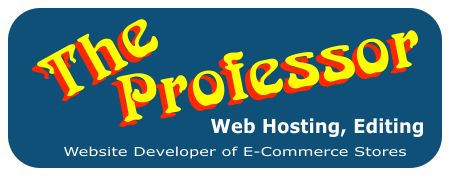08 Jul


To reduce bounce rates on a front page,
you need to make the content engaging, relevant, and easy to navigate. Here are some favorable items and best practices to include:1. Blogs Preview:
- Featured Image: Use high-quality, relevant images.
- Engaging Titles: Catchy and informative titles to grab attention.
- Snippets: Include a short, engaging excerpt to give a taste of the content.
- Read Time: Indicate how long it will take to read.
- Call to Action: Encourage further reading or related articles.
2. Newsletter:
- Visually Appealing Layout: Use clean and attractive designs.
- Personalized Content: Tailor content based on user preferences.
- Interactive Elements: Add polls, quizzes, or clickable sections.
- Clear Call to Actions: Make it easy for users to subscribe, read more, or visit your site.
3. Product Previews:
- High-Quality Images: Use clear, detailed images with zoom capabilities.
- Videos: Product demo or review videos.
- User Reviews: Display snippets of customer reviews and ratings.
- Detailed Descriptions: Provide concise yet detailed product information.
- Availability and Pricing: Clear information on stock and prices.
4. Banners:
- Clear Messaging: Simple and compelling messages.
- Strong Visuals: Use bold and appealing visuals that align with your brand.
- CTA Buttons: Prominent and compelling call-to-action buttons.
- Responsive Design: Ensure banners are optimized for all devices.
General Best Practices:
- Fast Loading Times: Optimize your page speed.
- Mobile Optimization: Ensure the page is mobile-friendly.
- Easy Navigation: Clear and intuitive navigation structure.
- Engaging Content: Use multimedia (videos, images, infographics) to make content more engaging.
- Internal Linking: Link to related content within your site to keep users engaged.
Additional Tips:
- Personalization: Use user data to present personalized content.
- A/B Testing: Test different versions of your page to see what reduces bounce rates effectively.
- Analytics: Use tools like Google Analytics to track user behavior and adjust accordingly.
By implementing these strategies, you can make your format pages more engaging and user-friendly, thereby reducing bounce rates.

Leave a Comment